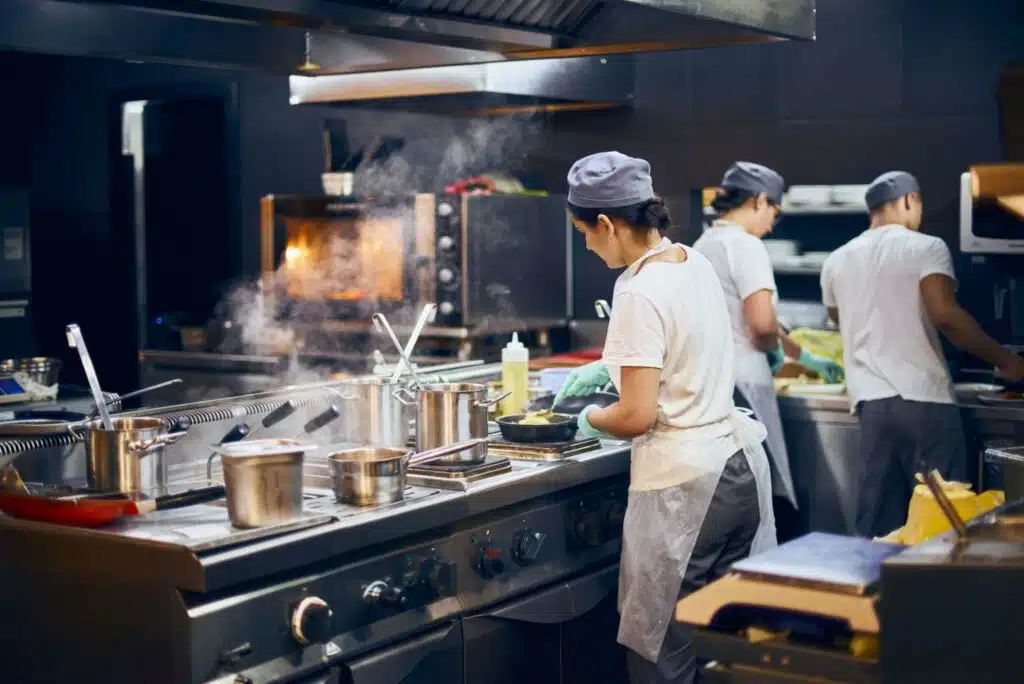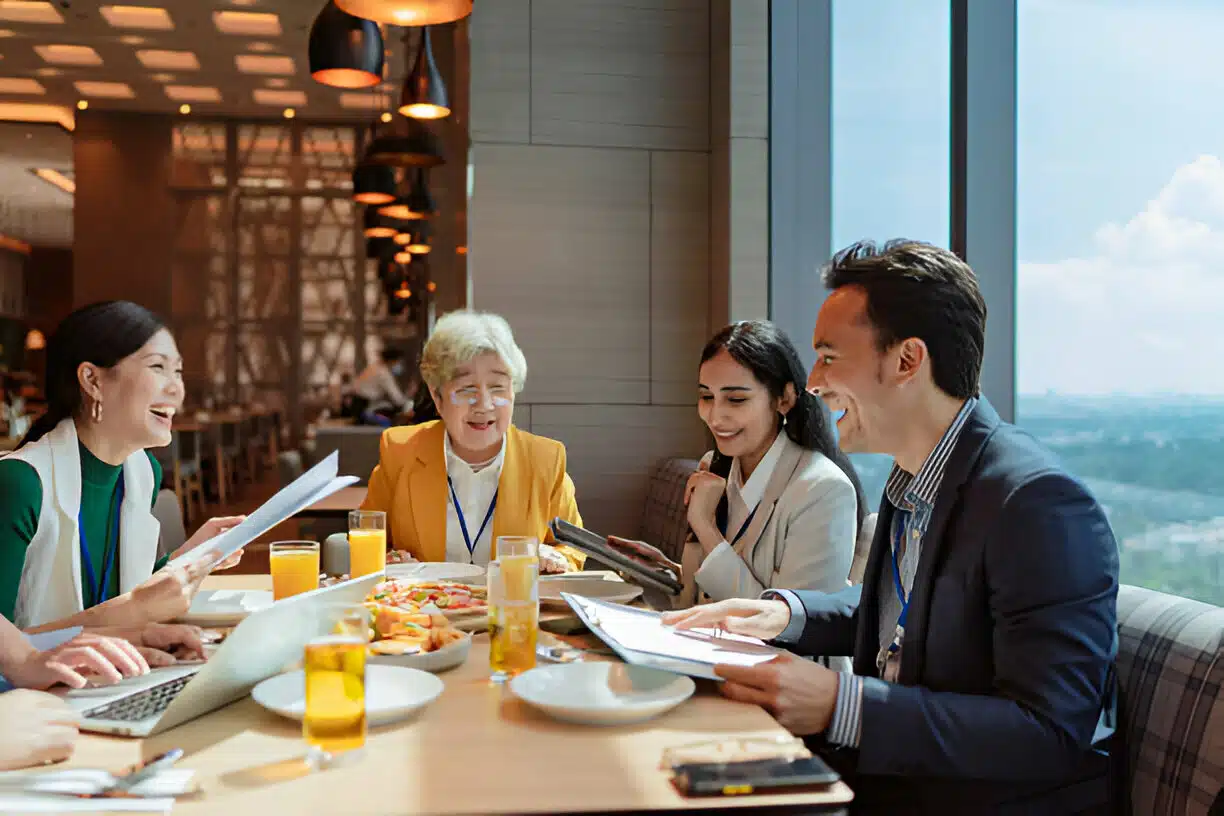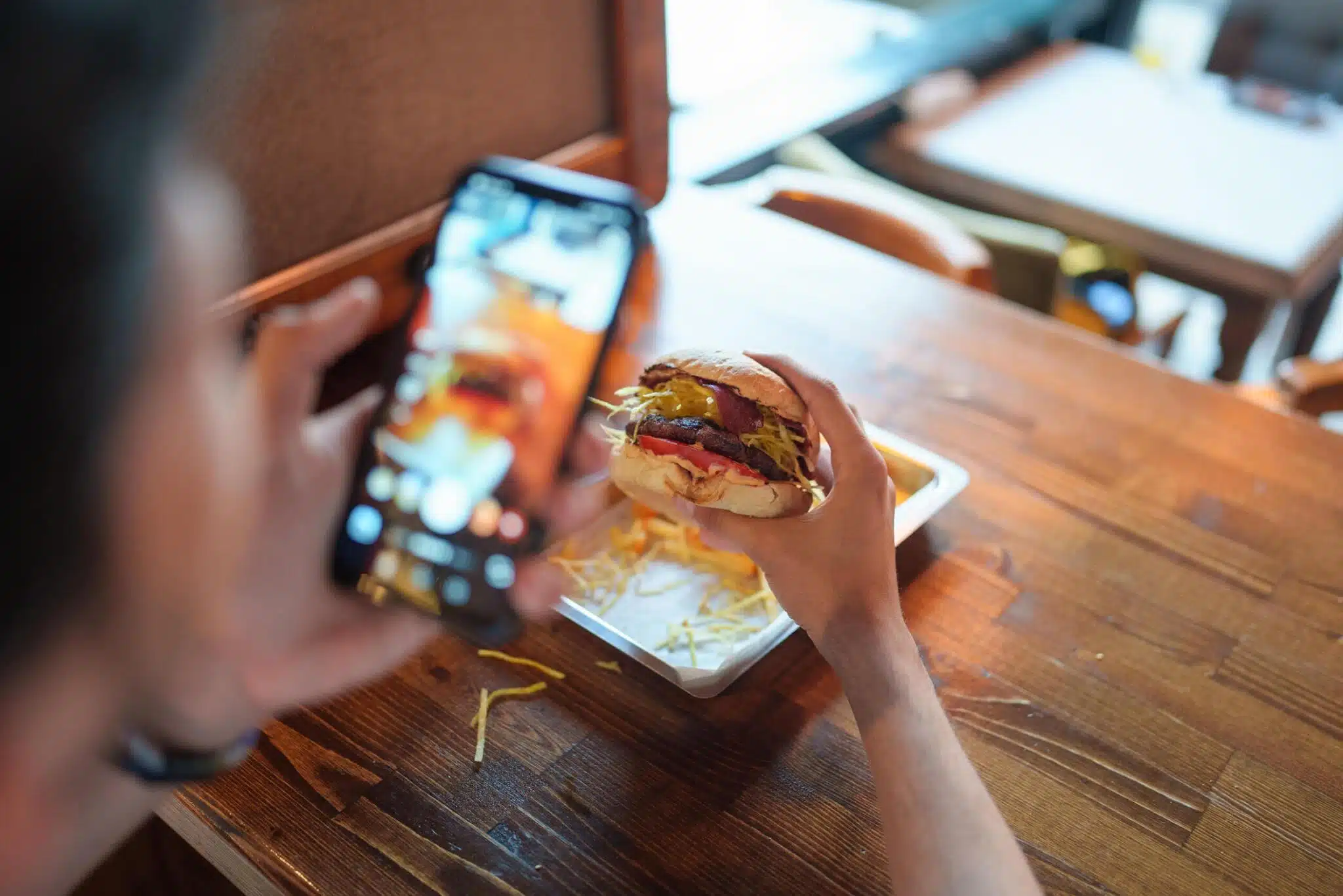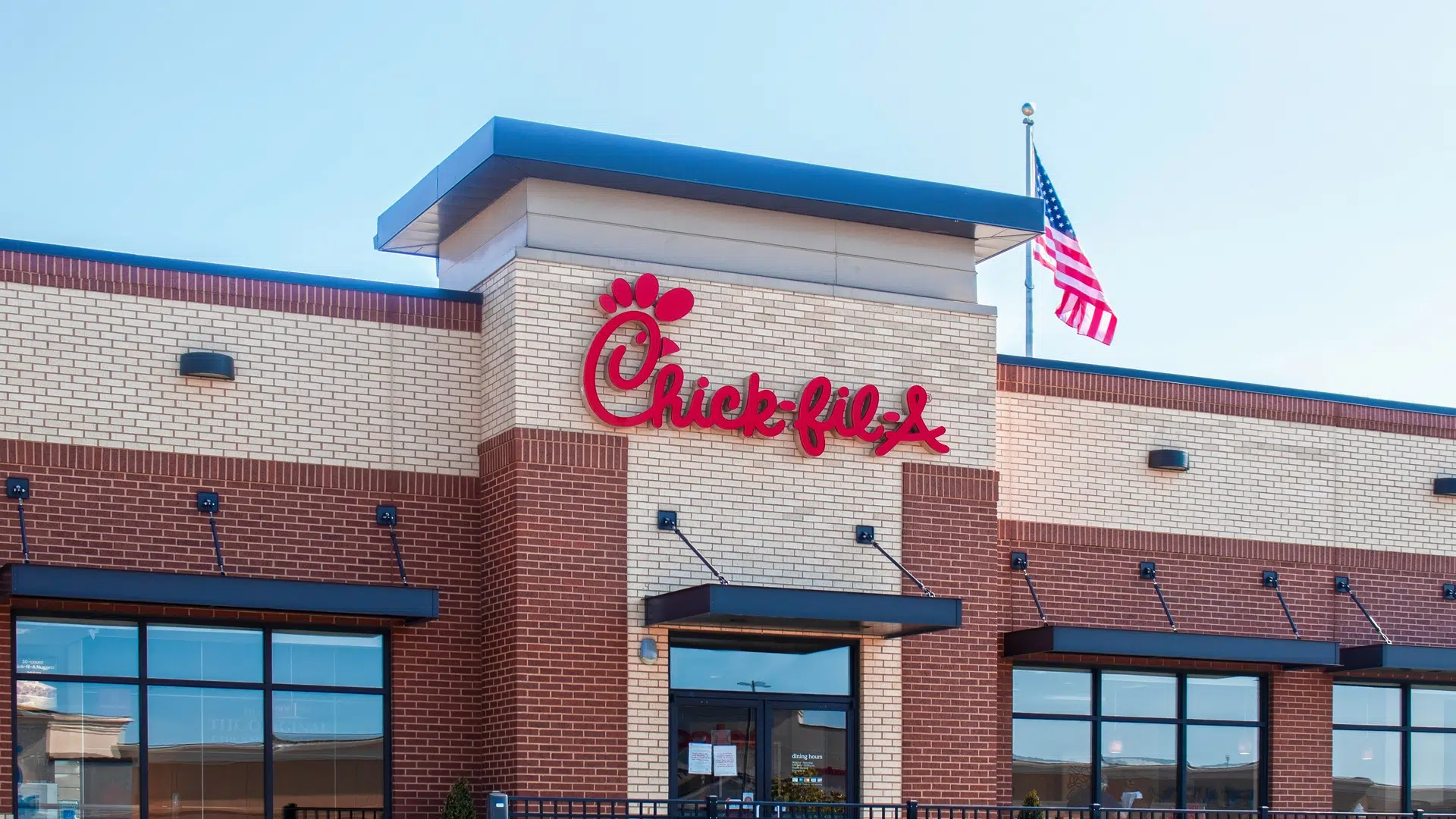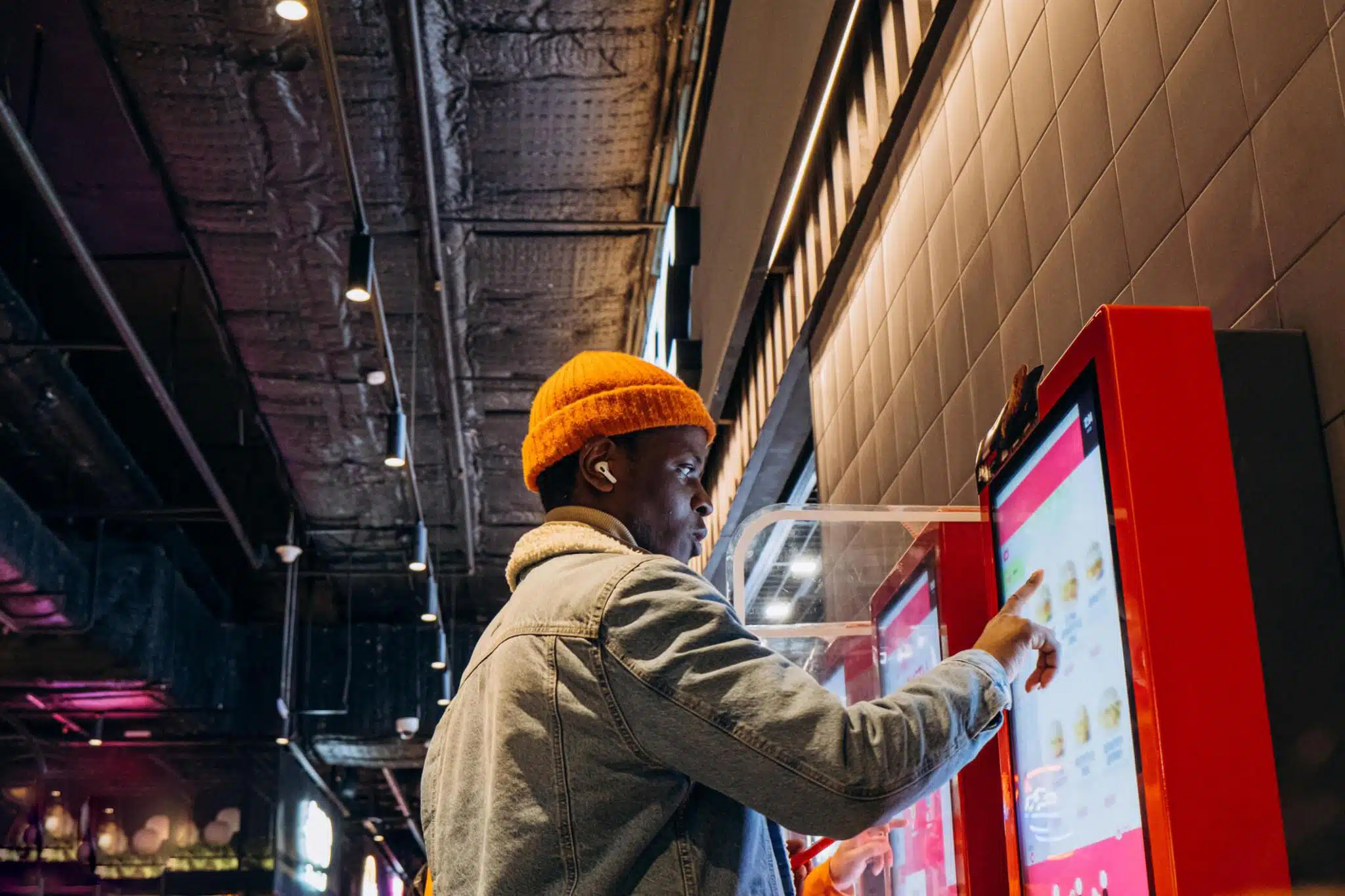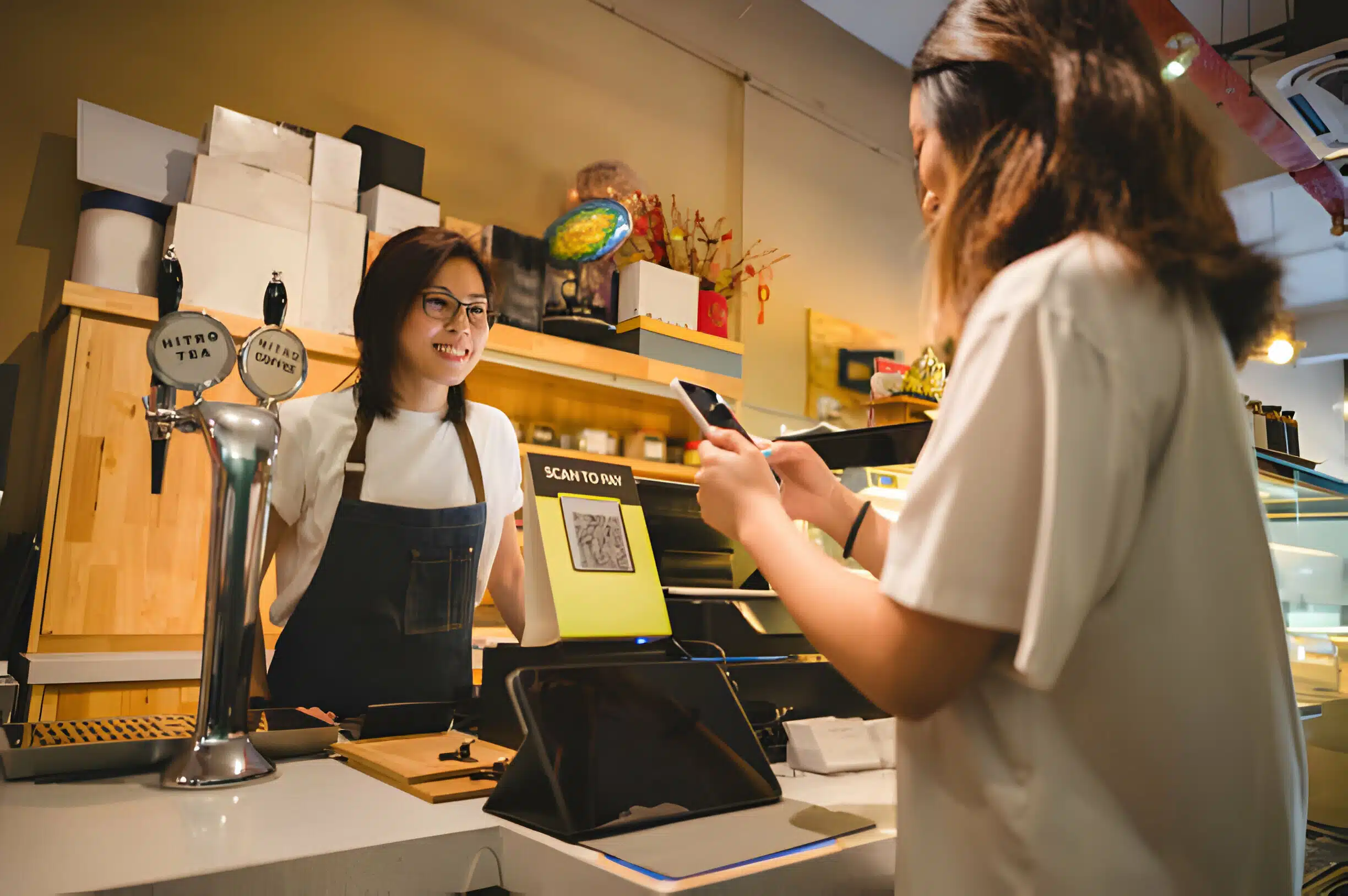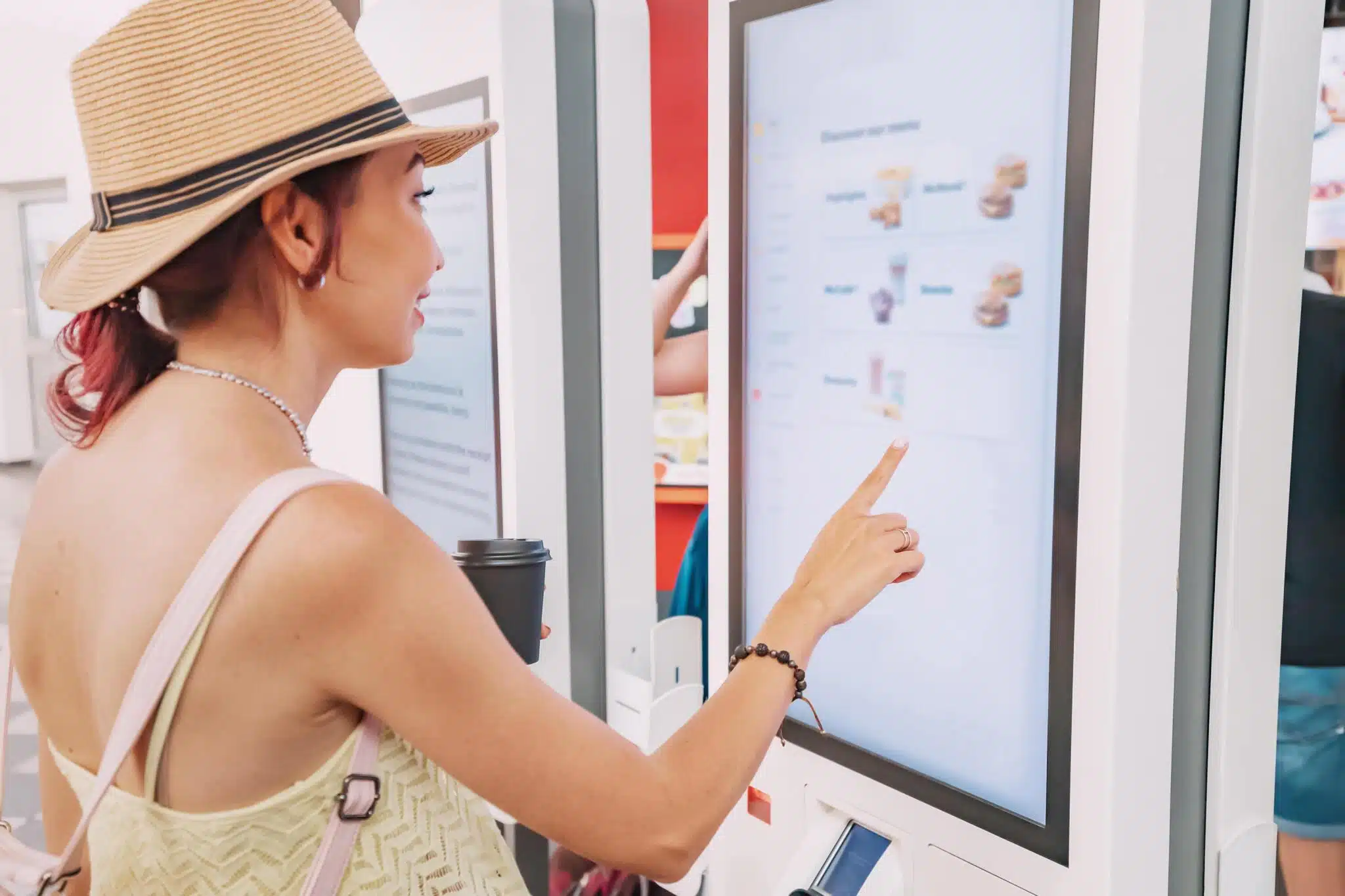The COVID-19 pandemic has led to a surge in the popularity of ghost kitchens, with many restaurant owners turning to this model as a way to adapt to the changes brought on by the pandemic. According to industry expert Lee Schulman, this growth can be attributed to the easy accessibility and convenience of ordering food through smartphones.
However, as restrictions have eased up and there has been a shift in the industry and many are wondering if ghost kitchens are still a viable option for restaurants. We explored them earlier this past week but the question still stands, should restaurants still believe in ghost kitchens? Let’s find out in this blog.
Rise of Virtual and Ghost Kitchens in the Restaurant Industry During the Pandemic
The arrival of the pandemic in March 2020 led to a shift in the restaurant industry as consumers stopped dining indoors. This increased the use of ghost and virtual kitchens. In addition, restaurants began to rely on central facilities to fulfill takeout and delivery orders, utilizing these lower-cost options to meet off-premises demand.
Virtual kitchens, which can be opened at a fraction of the cost of a traditional restaurant, have become a popular alternative to the indoor dining. This is why many entrepreneurs opt to launch ghost or virtual kitchens, which can cost as little as $50,000, instead of spending a significant amount on a brick-and-mortar outlet.
Some companies, like C3, even cluster several brands into one virtual kitchen facility to cut costs and reduce staff. As a result, companies such as Kitchen United and REEF Kitchens have also thrived and expanded rapidly. However, there have also been challenges with companies like Butler Hospitality, which raised $50 million in funding and provided room service from central kitchens, shutting down in July 2022.
As customers return to dining in restaurants, the impact of the pandemic on these businesses is becoming more apparent. According to one expert, growth has stabilized, but some ghost kitchen companies have attracted significant financial investments and continue to expand.
The pandemic has contributed significantly to the rise of virtual and ghost kitchens, as the increased demand for delivery allowed independent operators to reach customers who were unable or unwilling to dine out, says Lee Schulman, president of Panacea Management Group Consulting, a restaurant advisory firm based in Atlanta.
Many startup restaurateurs have found ghost kitchens to be a low-cost way to test consumer demand. Still, only a tiny percentage of these businesses eventually transition to stand-alone storefronts. Instead, Schulman estimates that 20-30% of ghost kitchen startups move on to become brick-and-mortar locations, such as Citizens at Hudson Yards in New York City and Burger Dandy in Franklin, Tennessee.
Start-ups Test Consumer Demand, and Established Brands Expand Reach
According to Schulman, ghost kitchens typically offer a limited menu due to their small kitchen spaces, focusing on items with similar ingredients. However, established brands are also utilizing ghost kitchens to expand their reach cost-effectively, like Wendy’s, which opened in a REEF Kitchen trailer ghost kitchen in Schulman’s Atlanta neighborhood.
Schulman believes that while ghost kitchens have found a niche, traditional restaurants will always be famous for the social aspect of dining out. However, Kitchen United CEO Michael Montagano sees potential for ghost kitchens and in-person dining to coexist, as people have developed the habit of ordering in more frequently during the pandemic and want the convenience of consuming their favorite cuisine at home.
Kitchen United recently secured $100 million in investment to expand its footprint and improve its technology, with 14 facilities currently in five states. They generate revenue through a monthly rental fee and a percentage of sales from their channels. They initially aligned with established chefs but have since expanded to include local brands and established names like Grimaldi’s and Hawaiian Bros.
Furthermore, they formed a strategic partnership with Kroger, opening its kitchens in two supermarkets in Dallas and one in Houston. According to CEO Jim Montagano, the Kroger locations were chosen for their convenient spots for easy pickup or delivery and to offer made-to-order food options to Kroger customers. The partnership also extended to Ralph’s supermarket in Los Angeles.
Should Restaurants Still Believe in Ghost Kitchens?
So, should restaurants still believe in ghost kitchens? Restaurants should believe in the efficacy of ghost kitchens, virtual or cloud kitchens. These food service establishments operate solely to fulfill online delivery or take-out orders and do not have a physical storefront or dine-in option.
The utilization of ghost kitchens can be a financially prudent strategy, as it allows for the expansion of a restaurant’s customer base and revenue streams without incurring the substantial overhead costs associated with maintaining a physical location. In addition, in light of the burgeoning popularity of food delivery and the proliferation of digital ordering platforms, ghost kitchens provide restaurants with a means of meeting the evolving consumer demand for convenient, at-home dining options.
Furthermore, ghost kitchens can also serve as a low-risk means of experimenting with new menu items or concepts. In summation, ghost kitchens can be a valuable tool for restaurants seeking to remain competitive in the current market.
Unlock the Potential of Ghost Kitchens with SupplyCaddy
As the culinary industry continues to evolve, ghost kitchens have emerged as a viable option for many restaurants seeking to streamline operations and reduce overhead costs. However, it is crucial for restaurants to weigh the advantages and disadvantages of such an approach and to consider the long-term implications carefully.
Here at SupplyCaddy, we have an impressive record of over 100,000,000 successful product deliveries, standing ready to assist restaurants in navigating this complex landscape. With our unwavering commitment to providing unparalleled food packaging service to all of our clients, regardless of size or scale, we are well-positioned to help you make informed decisions that will drive the success of your establishment.
Contact us at [email protected] or [email protected] and allow us to prove ourselves as your trusted partner in the culinary industry.

